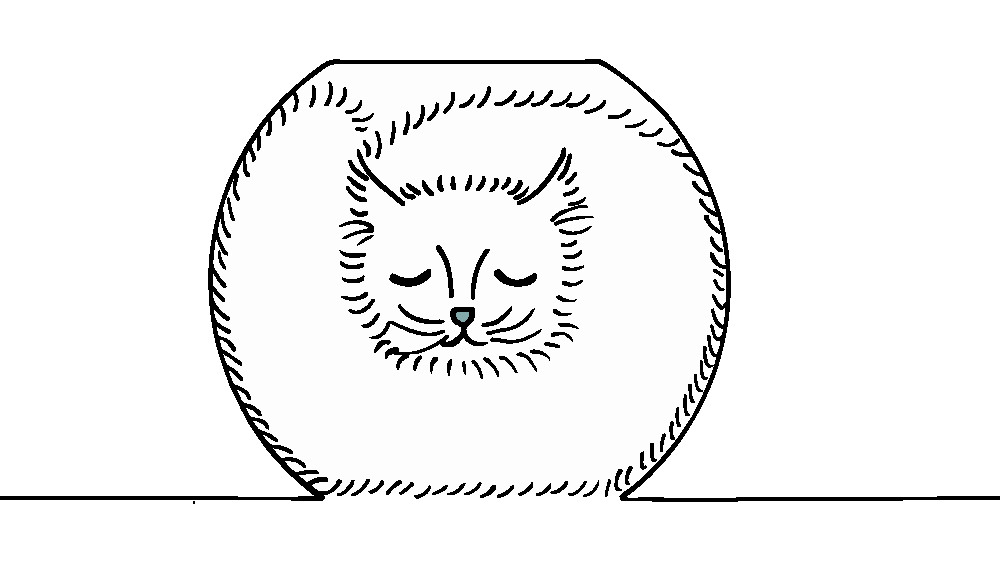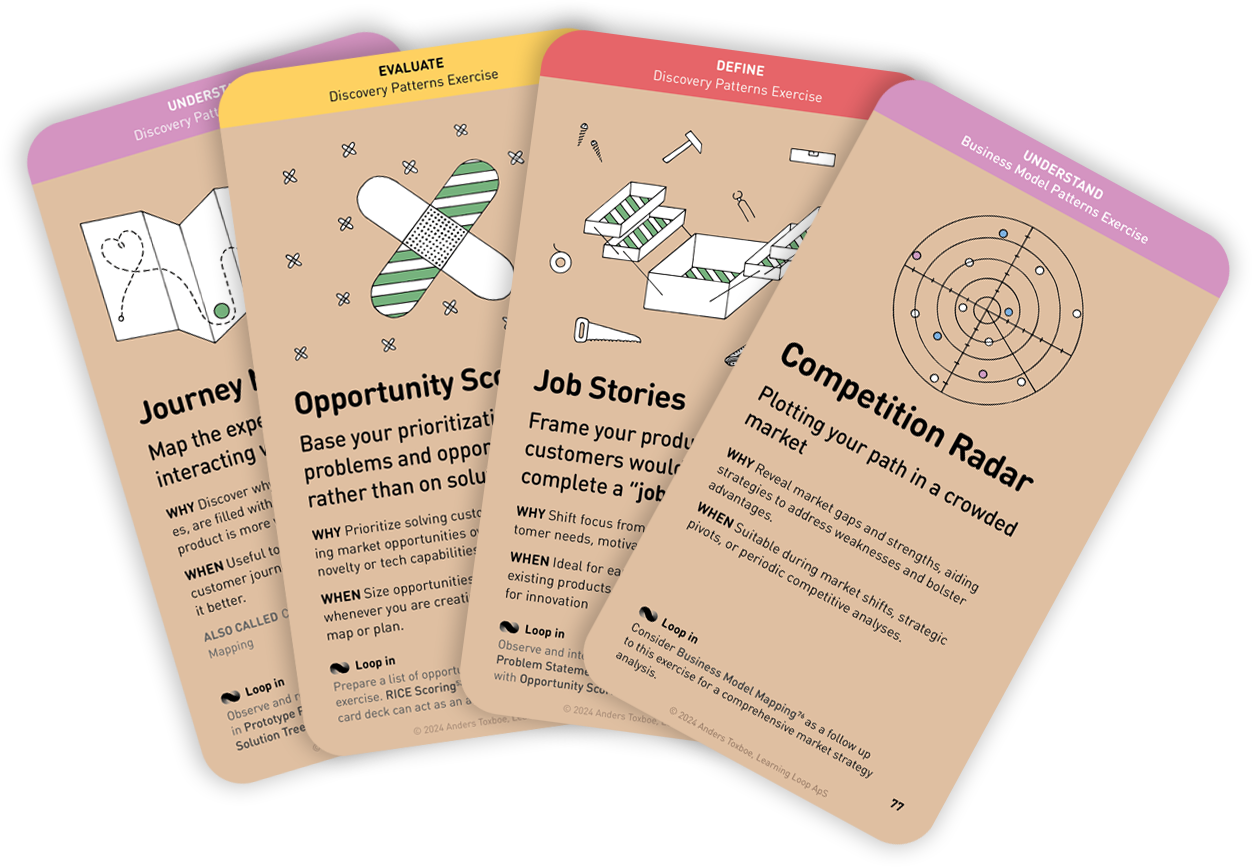Workshop Exercises: Ideate
Forced Fit
Spawn unconventional ideas using patterns not immediately relevant

Why: Using non-obvious persuasive patterns encourages thinking beyond standard solutions and typical approaches
When: Apply when seeking innovative solutions beyond obvious or traditional ideas
By compelling participants to work with persuasive patterns that don’t obviously align with the problem, this exercise pushes them to think beyond standard solutions and typical approaches.
Push participants to think outside the box and create unconventional solutions by using cards that may not seem immediately relevant to the problem at hand. The strategy of this exercise is creatively adapting and applying the principles from seemingly unrelated cards to the design problem at hand. This fosters innovative problem-solving skills.
Often, designers can fall into routine thought patterns. The “Forced Fit” exercise disrupts these patterns, encouraging participants to explore a wider range of possibilities. In this way, the exercise aims to make participants more adaptable and flexible in their thinking, able to utilize a wide range of tools and approaches in various contexts.
By using cards that are not immediately relevant, participants are likely to come up with ideas they wouldn’t have considered otherwise. This broadens the scope of potential solutions. This exercise addresses one of the key challenges observed in workshops using the Persuasive Patterns card deck: over-reliance on the persuasive patterns initially selected for fit. It forces participants to not just take card suggestions at face value but to actively interpret and adapt them.
Different team members might interpret the same ‘irrelevant’ card in various ways, leading to a rich array of ideas and perspectives. By creating a safe space for extreme or unconventional ideas, which can later be normalized or adapted to fit practical constraints, this approach can lead to more creative and effective design solutions.
Instructions for running this play
Before the exercise. Prepare a clearly defined design challenge or problem statement for the group to work on. Ensure it’s specific enough to guide their thinking, yet open-ended to allow for creativity.
- Introduce the exercise and set the scene
Start by introducing the purpose of the exercise and the specific design challenge or problem statement. Then explain the agenda of the exercise, emphasizing the importance of generating initial ideas without the influence of persuasive patterns and that the initial ideas will later be enriched by the persuasive patterns. - List ideas
Let participants Silent Storm solutions to the design challenge independently, without using any persuasive pattern cards. Allow a Timebox for 10 minutes and let participants document their ideas on individual sticky notes. - Introduce the Persuasive Patterns card deck
Once the initial brainstorming phase is complete, introduce the persuasive pattern cards to the participants. Give participants 5 to 10 minutes to explore and understand the cards. Explain how each card represents a different aspect of persuasive design. - Refinement and integration
Let participants revisit their initial ideas and explore how they can be enhanced, modified, or refined using insights from the persuasive cards. This phase encourages a deeper engagement with the card concepts. If working in groups, encourage discussion on how the cards can complement or challenge their original ideas. - Presentation and feedback
Ask each participant or group to present their original ideas and explain how they integrated the principles from the cards. Facilitate a feedback session where participants can offer constructive criticism and suggestions on each other’s ideas. - Discussion and reflection
Initiate a discussion on how the exercise influenced their creative process and the evolution of their ideas. Discuss the differences between ideas generated purely independently and those refined with the cards.
A collection of workshop exercises that will help you ditch dull meetings and facilitate with confidence. It will help you master the design process and have more productive time with your team. The card deck will be ready for purchase in the end of 2026 and is now undergoing rigorous testing.
Reserve your deck!
